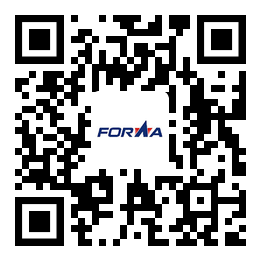- Español
- Português
- русский
- Français
- 日本語
- Deutsch
- tiếng Việt
- Italiano
- Nederlands
- ภาษาไทย
- Polski
- 한국어
- Svenska
- magyar
- Malay
- বাংলা ভাষার
- Dansk
- Suomi
- हिन्दी
- Pilipino
- Türkçe
- Gaeilge
- العربية
- Indonesia
- Norsk
- تمل
- český
- ελληνικά
- український
- Javanese
- فارسی
- தமிழ்
- తెలుగు
- नेपाली
- Burmese
- български
- ລາວ
- Latine
- Қазақша
- Euskal
- Azərbaycan
- Slovenský jazyk
- Македонски
- Lietuvos
- Eesti Keel
- Română
- Slovenski
- मराठी
- Srpski језик
The basic structure of the DC gear motor
2021-11-05
It is divided into two parts: stator and rotor. Note: do not confuse the commutator pole with the commutator .
Stator includes: main magnetic pole, base, commutation pole, brush device, etc.
The rotor includes: armature core, armature (Shu) winding, commutator, shaft and fan, etc.
Rotor composition of the DC gear motor
The rotor of DC motor is composed of armature core, armature, commutator and other devices. The components in the structure are introduced in detail below.
1. Armature core part: its function is to embed armature winding and magnetic flux, so as to reduce eddy current loss and hysteresis loss in armature core during motor operation.
2. Armature part: it is used to generate electromagnetic torque and induced electromotive force for energy conversion. Armature winding has many coils or glass fiber coated flat steel copper wire or strength enamelled wire.
3. Commutator, also known as commutator, in DC motor, its function is to convert the current of DC power supply on the brush into the communication current in armature winding, so as to stabilize the tendency of electromagnetic torque. In DC generator, it converts the communication electromotive force of armature winding into the output DC electromotive force on the brush end.
The commutator is insulated by mica between cylinders composed of many pieces, and both ends of each coil of armature winding are connected to two commutators respectively. The function of the commutator in the DC generator is to convert the alternating electric heat in the armature winding into the DC electromotive force between the brushes. There is current passing through the load. The DC generator outputs electric power to the load. At the same time, there must be current passing through the armature coil. It interacts with the magnetic field to produce electromagnetic torque, which tends to be opposite to the generator. The original idea only needs to suppress this magnetic field torque to drive the armature change. Therefore, when the generator outputs electric power to the load, it also outputs mechanical power from the original idea, which completes the role of DC generator in converting mechanical energy into electrical energy.







